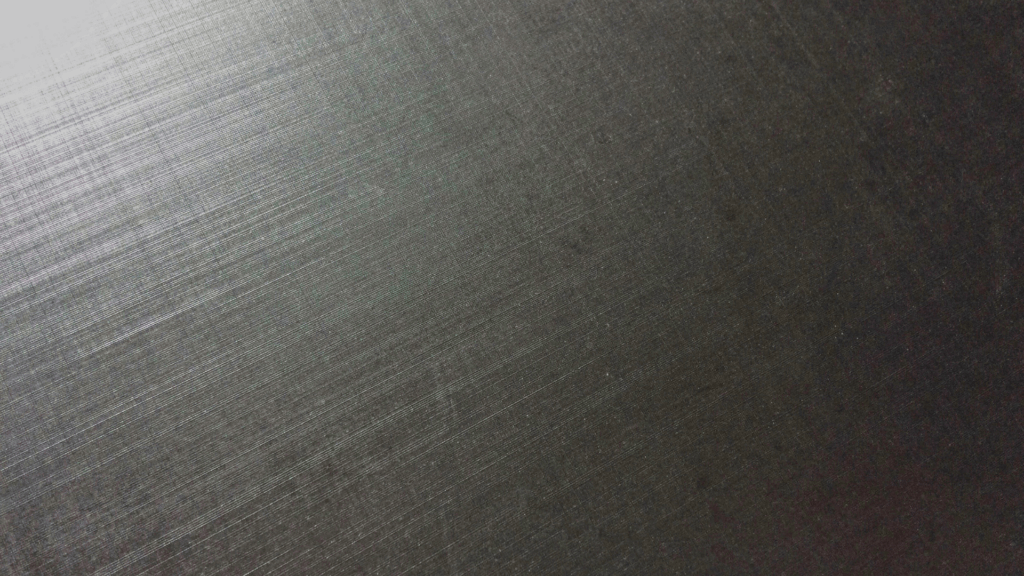Different Types of Metals used in Metal Fabrication
February 2024
Welcome to FAB402‘s guide to the various types of metals used in metal fabrication. As a metal fabrication shop, we understand the importance of selecting the right material for your project.
Whether you’re a newcomer to the world of metal fabrication or a seasoned professional, this article will provide insight into the characteristics, pros, and cons of different metals commonly used in the metal working industry.
Stainless Steel

Description: Stainless steel is a corrosion-resistant alloy of steel containing chromium, nickel, and sometimes other elements. It’s known for its durability and aesthetic appeal.
Pros: Excellent corrosion resistance, high strength-to-weight ratio, hygienic properties, and versatile applications including kitchen equipment, architectural structures, and medical devices.
Cons: Higher cost compared to other metals, can be challenging to weld without proper techniques.
Carbon Steel

Description: Carbon steel is primarily composed of iron and carbon, with varying levels of other elements. It’s one of the most commonly used metals in fabrication due to its affordability and versatility.
Pros: High strength, good machinability, and weldability. Widely used in structural applications, machinery, and pipelines.
Cons: Susceptible to corrosion if not protected, may require additional treatments such as painting or galvanizing.
Alloy Steel

Description: Alloy steel is a type of steel that contains additional alloying elements such as manganese, silicon, chromium, or nickel. These elements enhance its properties.
Pros: Superior strength, hardness, and wear resistance compared to carbon steel. Ideal for applications requiring high tensile strength and durability, such as aerospace components and automotive parts.
Cons: Higher cost than carbon steel, may require specialized welding techniques.
Sheet Metal

Description: Sheet metal refers to metal formed into thin, flat pieces. It’s versatile and can be easily manipulated through cutting, bending, and shaping processes.
Pros: Affordable, lightweight, readily available, and suitable for a wide range of applications from automotive to HVAC.
Cons: Limited strength compared to thicker metals, prone to corrosion if not properly treated.
Aluminum

Description: Aluminum is a lightweight, non-ferrous metal known for its excellent corrosion resistance and conductivity. It’s commonly used in aerospace, transportation, and construction industries.
Pros: Lightweight, corrosion-resistant, excellent thermal and electrical conductivity, recyclable, and suitable for decorative finishes.
Cons: Lower strength compared to steel, higher cost in some applications, can be prone to distortion during welding.
Copper

Description: Copper is a ductile metal with excellent electrical and thermal conductivity. It’s used in various industries, including electrical, plumbing, and telecommunications.
Pros: High conductivity, corrosion resistance, antimicrobial properties, and recyclability.
Cons: Prone to oxidation, can be expensive, soft compared to other metals, may require alloying for certain applications.
Brass

Description: Brass is an alloy of copper and zinc, known for its attractive gold-like appearance and malleability. It’s widely used in decorative applications, plumbing fixtures, and musical instruments.
Pros: Aesthetic appeal, corrosion resistance, good machinability, and antimicrobial properties.
Cons: Relatively low melting point, higher cost compared to other non-ferrous metals.
Magnesium

Description: Magnesium is a lightweight metal with excellent strength-to-weight ratio. It’s used in applications where weight reduction is critical, such as automotive components and electronic devices.
Pros: Lightweight, high strength-to-weight ratio, good damping capacity, and recyclable.
Cons: Susceptible to corrosion, relatively low melting point, and can be challenging to weld.
Titanium

Description: Titanium is a strong, lightweight metal known for its exceptional corrosion resistance and biocompatibility. It’s commonly used in aerospace, medical implants, and sporting goods.
Pros: High strength-to-weight ratio, corrosion resistance, biocompatibility, and excellent heat resistance.
Cons: High cost, challenging to machine and weld, limited availability of grades and forms.
Selecting the right metal for your fabrication project is crucial to achieving desired outcomes in terms of performance, cost-effectiveness, and aesthetics. Each type of metal has its unique properties and suitability for specific applications. By understanding the characteristics and pros and cons of different metals, you can make informed decisions that meet your project requirements and objectives.
At FAB402, we offer expertise in working with a wide range of metals and provide customized fabrication solutions. Contact us today to discuss your project requirements and let our team bring your ideas to life with precision and quality craftsmanship.
